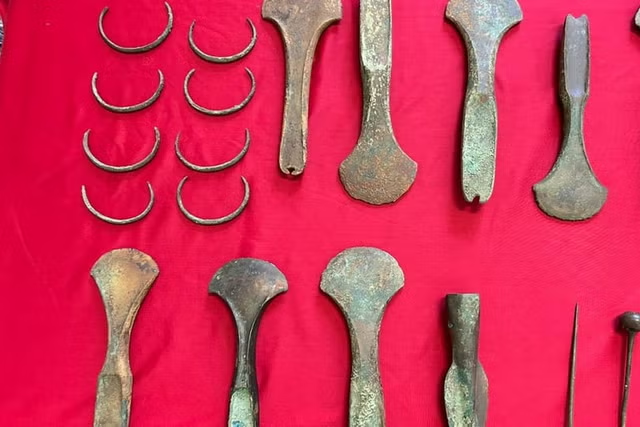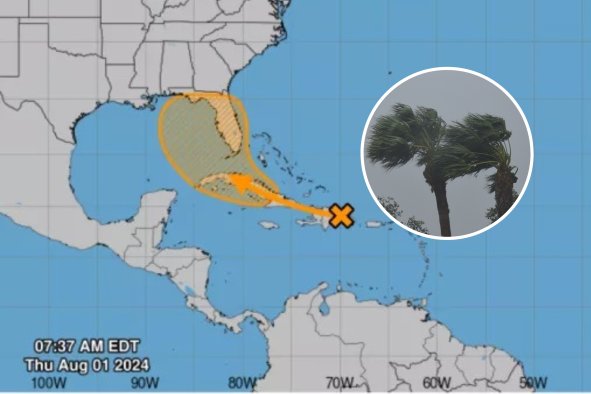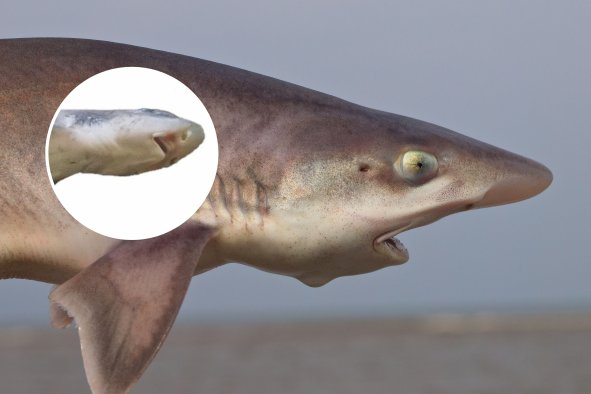The discovery of a half-a-billion-year-old slug with spines has shed light on the origins of animals like oysters and octopuses, researchers have said.
The new fossil, called Shishania aculeata, reveals that the earliest molluscs (animals that do not have a backbone) were flat, shell-less slugs covered in a protective spiny armour.
Underneath, the animal was made up of a muscular foot, like that of a slug, and would have used it to crawl across the seabed, experts suggest in a new study.
The species was found in well-preserved fossils from eastern Yunnan Province in southern China and dates back to a geological period called the early Cambrian, approximately 514 million years ago.
Unlike most molluscs, Shishania did not have a shell that covered its body, suggesting that it represents a very early stage in the evolution of the animal.
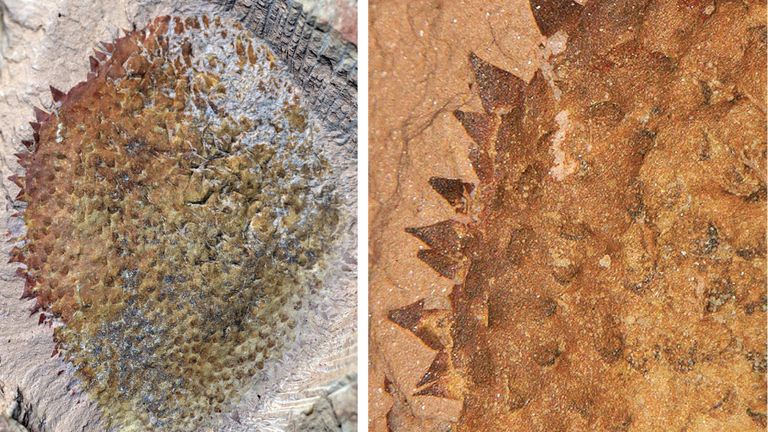
The cones on top of the animal are thought to have provided defence and facilitated movement.
In the modern day, molluscs come in many different forms, including snails and clams and even highly intelligent groups such as squids and octopuses.
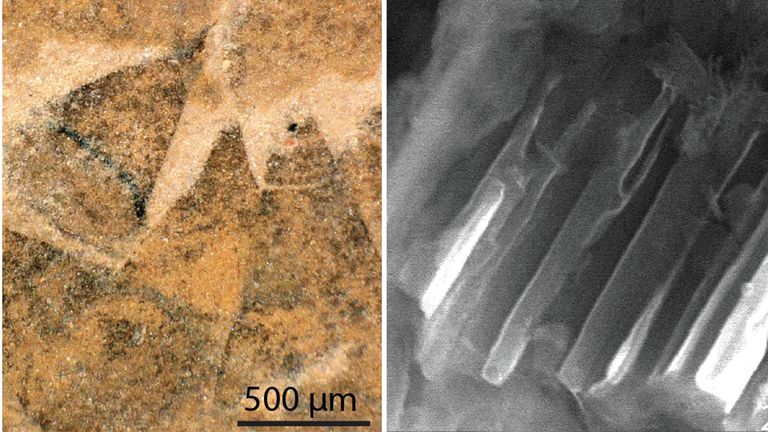
Guangxu Zhang, the study's first author and a recent PhD graduate from Yunnan University in China, discovered the specimens, saying the fossils are the size of his thumb.
On first inspection, he thought they looked like a rotting plastic bag.
"I saw under a magnifying glass that they seemed strange, spiny, and completely different from any other fossils that I had seen," he said. "When I found more of these fossils and analysed them in the lab I realised that it was a mollusc."
Read more from Sky News:
CrowdStrike sued over global IT outage
Realistic model of dead king unveiled
TikTok HQ hit by mass food poisoning
Keep up with all the latest news from the UK and around the world by following Sky News
Tap hereLuke Parry, corresponding author and associate professor of the department of earth sciences at the University of Oxford, said trying to unravel the common ancestor of animals like squids and octopuses was a "major challenge" and "one that can't be solved by studying only species alive today".
He added: "Shishania gives us a unique view into a time in mollusc evolution for which we have very few fossils, informing us that the very earliest mollusc ancestors were armoured spiny slugs, prior to the evolution of the shells that we see in modern snails and clams."
The findings were published in the journal Science.
Disclaimer: The copyright of this article belongs to the original author. Reposting this article is solely for the purpose of information dissemination and does not constitute any investment advice. If there is any infringement, please contact us immediately. We will make corrections or deletions as necessary. Thank you.
